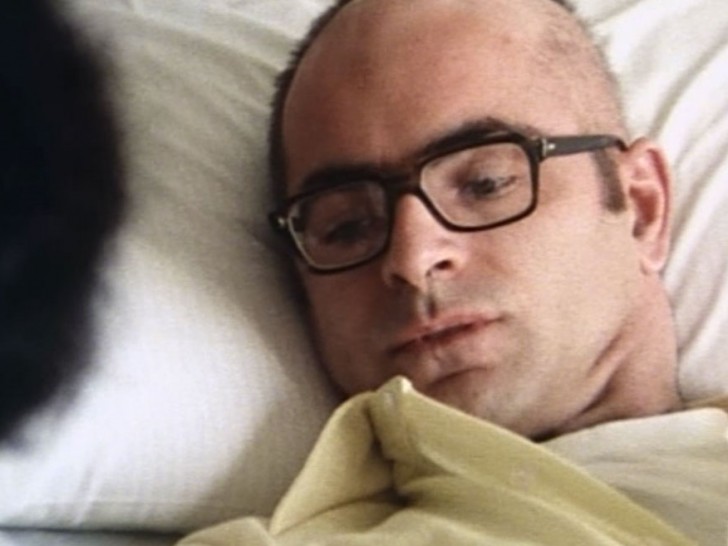
Dying
Screening on Film
$15 Special Event Tickets
US, 1976, 16mm, color, 92 min.
Print source: Library of Congress
While continuing to teach at Yale and write scripts, Roemer was asked by WGBH if he would be interested in making a film about the rites and customs of death. Roemer was interested in exploring the topic, but only from the point of view of those in the process of dying. Three and a half months of interviews with forty people lead to a two-year project and would eventually leave Roemer physically and emotionally depleted. But as a result, Dying is unlike any other film in its attempt to address the still most taboo of all subjects, saying on camera what few would under any circumstances.
The reaction was swift and brutal from some, who sputtered in asking why he had made the film, though others recognize it rightfully as a crucial and unique contribution not to only the discussion of death, but of open discussion at all. It is not easy to see Harriet, the soon to be young widow, admit that she is terrified of being alone with two teenage sons, and if her husband Bill is going to die, “Why can’t it just be quick,” so she could still have a chance to re-marry? Roemer remembers being told at a screening that such an admission would ostracize Harriet from her community. This turned out not to be the case, the community far more understanding of Harriet’s honesty than predicted. Painful truth, people’s unpredictability and emotional brutality reoccur in Roemer’s films, narrative or non-narrative. As he says, “I don’t make decisions, I let facts decide for me, just like my fiction films.” – excerpted from introduction by Jake Perlin











